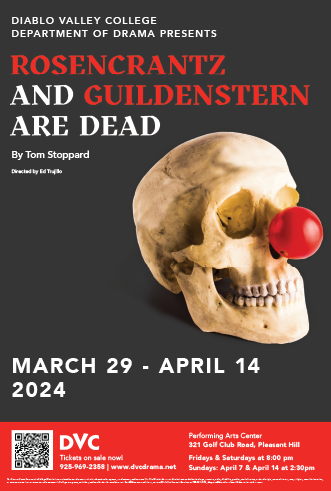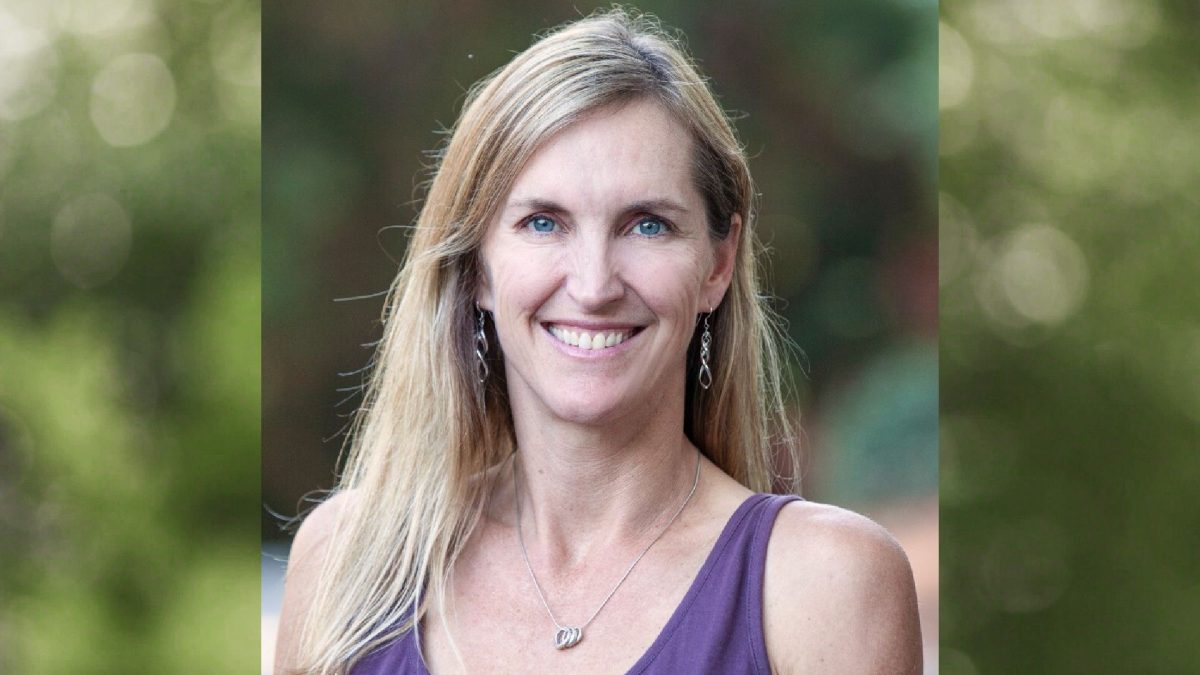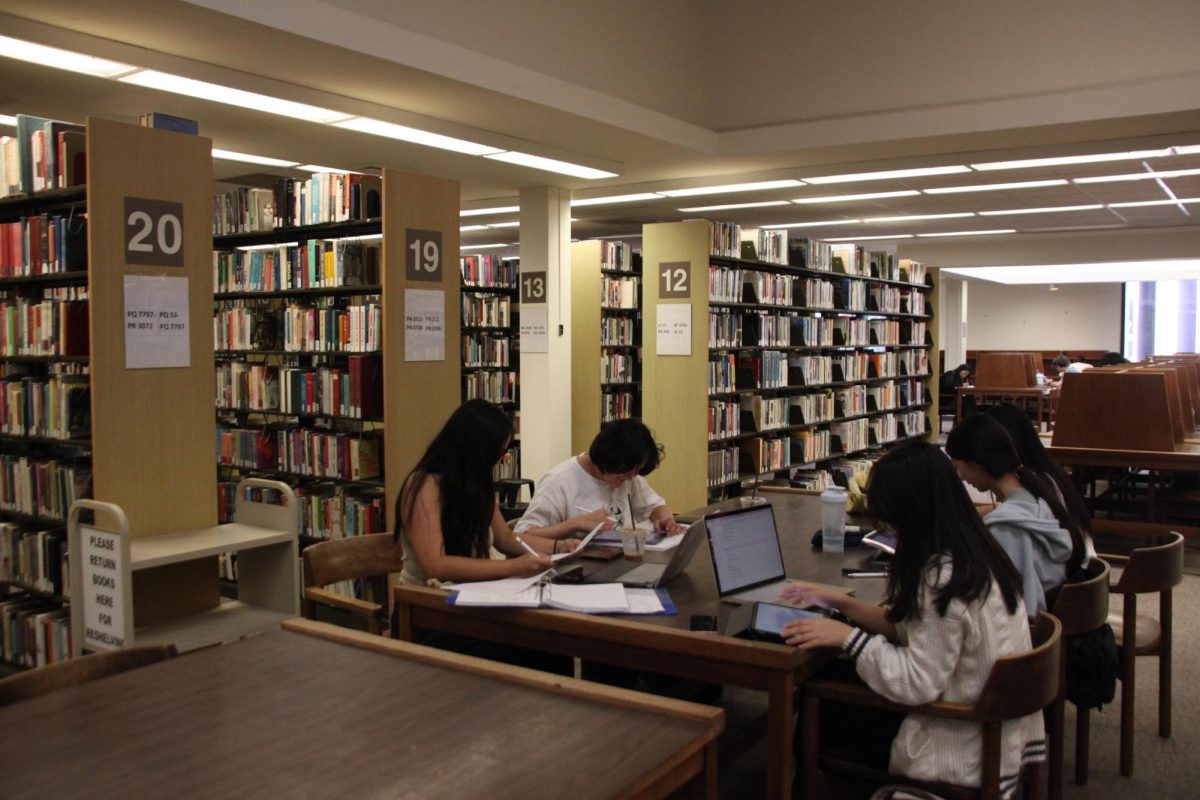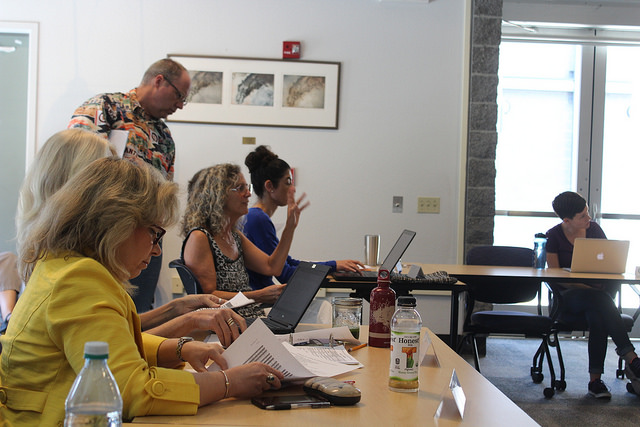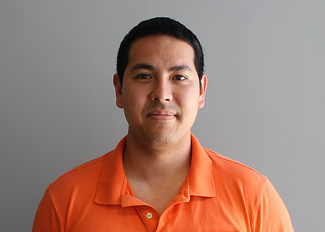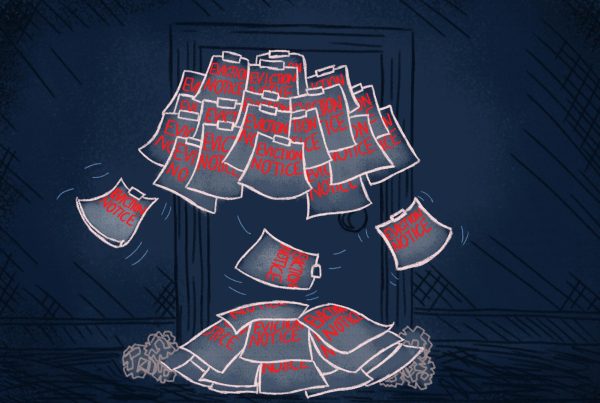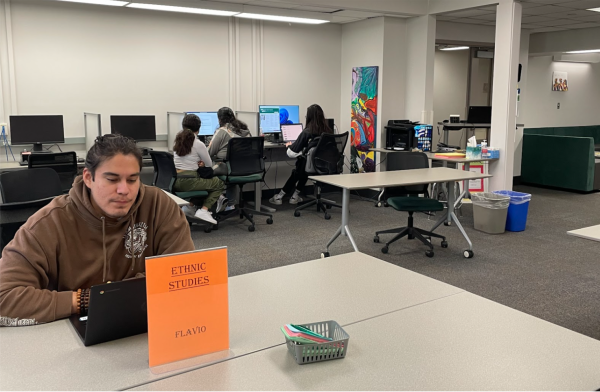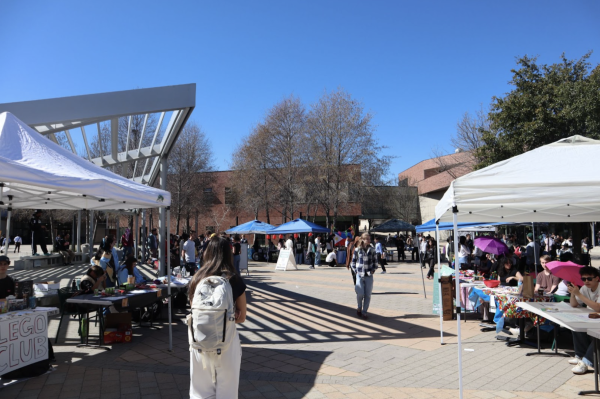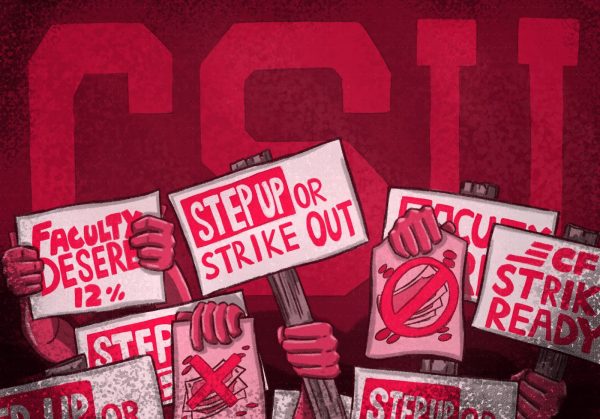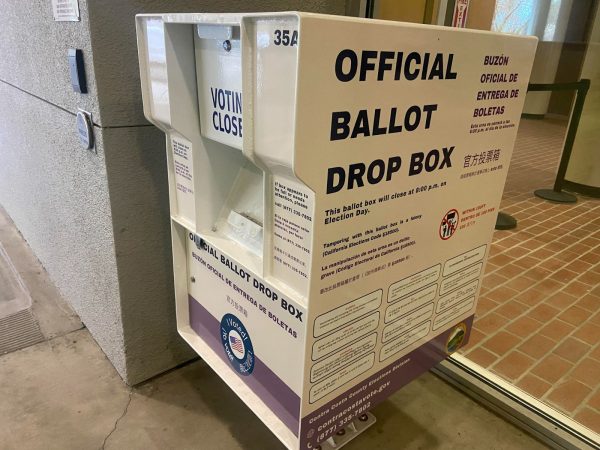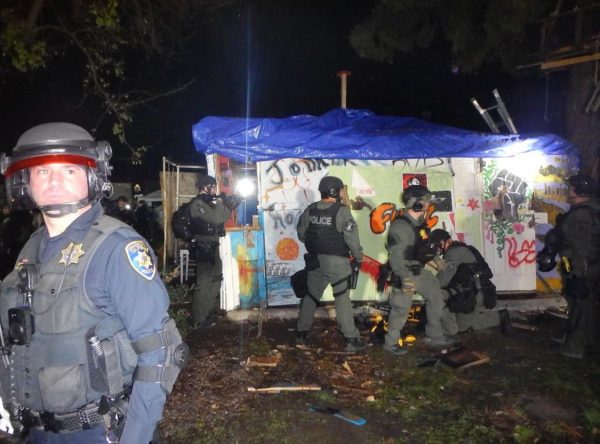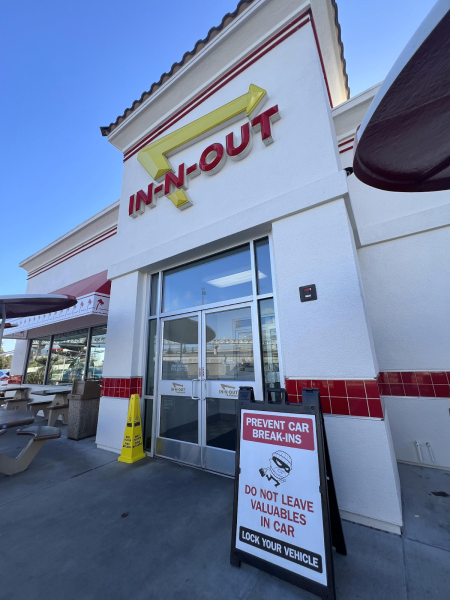Changes approved but questions remain as calendar compression continues
United Faculty President Donna Wapner addresses faculty concerns over the switch to a compressed calendar during a Sept. 12, 2017 academic senate meeting.
October 6, 2017
Administrators from Los Medanos, Contra Costa and Diablo Valley Colleges, United Faculty union representatives and the district office agreed to move back the start dates for fall 2018 and spring 2019 semesters during a meeting on Sept. 18.
These changes will push the start date of fall semester from the middle of August to the end of August and the start date of spring semester from the middle of January to the end of January.
The switch is part of the long anticipated move to shorten the number of weeks of instruction down from 17.5 to 16.6 weeks per semester starting in the fall of 2018.
With the agreement administrators, departments and faculty senate now have more clarity to figure out how to fit the time blocks for next year’s classes into a compressed calendar.
“One decision has another impact,” said United Faculty President Donna Wapner. “There’s cascading issues around a compressed calendar.”
While all parties involved are cooperating and working in good faith there have been moments of friction which will likely continue.
Although faculty members approved the switch to a compressed calendar by a margin of 94 percent in a February vote earlier this year not everyone has been happy with the Union’s decision-making process.
Chemistry professor Wayne Larson felt faculty should have voted on a concrete plan instead of the concept of a compressed calendar, that way they would have had a better idea of how classes fit into the new time blocks.
Art history professor Kristen Koblik concurred saying, “This information would (have been) important to know up front when we were making decisions.”
While she does not think the union had any ulterior motives she does not feel faculty were prepped with enough information adding, “We still don’t have as much data as I’d like.”
“I’m even kind of worried we don’t have the physical capacity of classes to accommodate a compressed calendar,” said Koblik.
Currently, art department studios run from approximately 8 a.m. to 9:50 p.m.
Those hours might have to be extended from 7:30 a.m. to 10:45 p.m. under the new calendar guidelines.
While she has no idea what a new studio schedule would do to enrollment she fears it could impact students’ capacities to take art classes on their way to fulfilling degrees.
“As a department we are concerned,” said Koblik.
According to part-time business law professor Jim Blair, all of these changes are about trying to help students get through community college and move on to their goals as quickly as possible with the best outcomes possible.
If everything goes well faculty and administrators eventually hope to add a longer winter intersession between semesters or change classes offered during the summer.
The change to the fall and spring schedule could provide flexibility in the winter for students to take three-unit classes and, “not have to break your back to do it,” said Blair.
A schedule including a winter intersession will also more closely mirror that of a four year university.
As of now the discussions surrounding a longer intersession and the impact it would have on spring break are still in their infancy.
“(We are) not just going to dive into that longer intersession,” said business professor Carolyn Seefer.
President Wapner feels the union does not want to jump too far ahead saying they want to, “grow into this new way of doing things,” and take time to collect data, reflect and discuss the changes before implementing anything else.
Professor Blair summarized the process saying it is about, “trying to make conservative steps in meeting faculty and district needs.”



















